Published:
Sep 14, 2024 20:09 GMT
New species of primitive fish emerged as tectonic plates shifted 400 million years ago.
Climate change and asteroids are linked to the origin and extinction of animals, but plate tectonics also appears to play a key evolutionary role, according to new research by an international team led by researchers at Flinders University, Australia.
The discovery of an exceptionally well-preserved early Devonian coelacanth fish fossil (419 and 359 million years ago) in remote Western Australia, in the Gogo geological formation, is related to a period of increased tectonic activity or movement in the Earth’s crust, a new study indicates. article on the study, which involved experts from Canada, Australia and Europe.
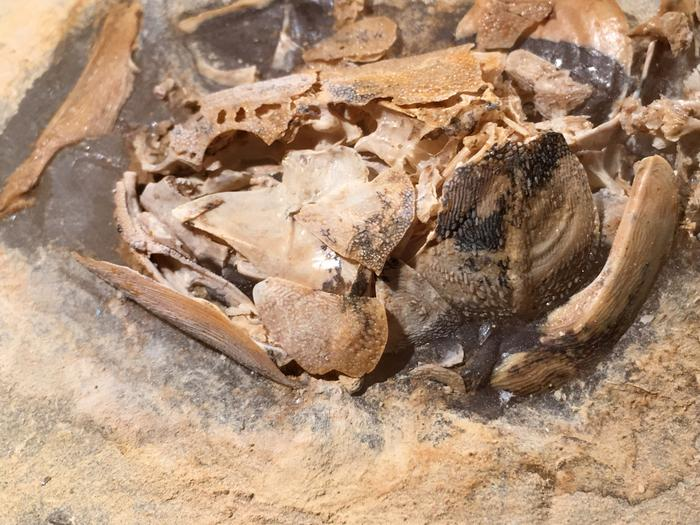
The fossil, which belongs to the ‘Latimeria’, a genus of fish that has inhabited the planet’s oceans for more than 400 million years, also helped to understand an important transition period in the history of coelacanths, which extends between more primitive and more “anatomically modern” forms.
Analysis of the remains of the specimen, named ‘Ngamugawi wirngarri’, suggests that plate tectonic activity had a profound influence on the rates of evolution of coelacanths, according to Dr Alice Clement, an evolutionary biologist and palaeontologist at the university.
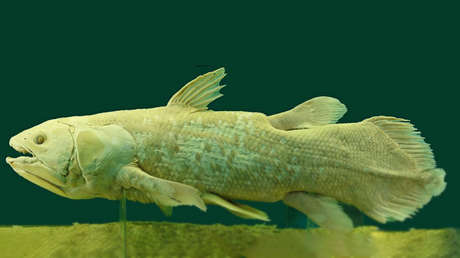

“The more the large plates of the Earth’s crust moved, the more likely it was that new species would appear,” the authors argue in a paper in The Conversation.
Today, the coelacanth is a fascinating deep-sea fish that lives off the coasts of East Africa and Indonesia and can reach up to 2 meters in length.
Over the past 410 million years, more than 175 species of coelacanths have been discovered worldwide. During the Mesozoic, the age of the dinosaurs, coelacanths diversified significantly, with some species developing unusual body forms. However, during the so-called ‘end-Cretaceous extinction’, triggered by an asteroid impact about 66 million years ago, they mysteriously disappeared from the fossil record.
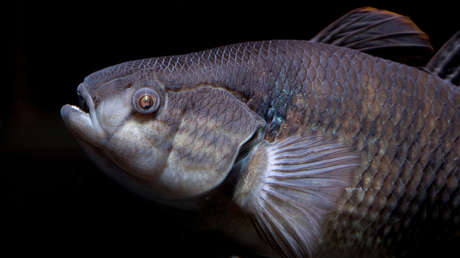

Thus, it was assumed that coelacanth fish had been victims of the same mass extinction event. However, in 1938 a live coelacanth specimen was captured off the east coast of South Africa, which acquired cult status in the world of biological evolution. Now some are occasionally found in deep waters near the coast of East Africa and Indonesia.
According to another co-author of the research, vertebrate paleontologist Richard Cloutier of the University of Quebec in Rimouski, Canada, the study published in Nature Communications challenges the idea that surviving coelacanths are the oldest ‘living fossils’.
“As we slowly fill in the gaps, we can begin to understand how the living coelacanth species of ‘Latimeria,’ which are commonly considered ‘living fossils,’ actually continue to evolve and might not deserve such an enigmatic title,” Cloutier said.











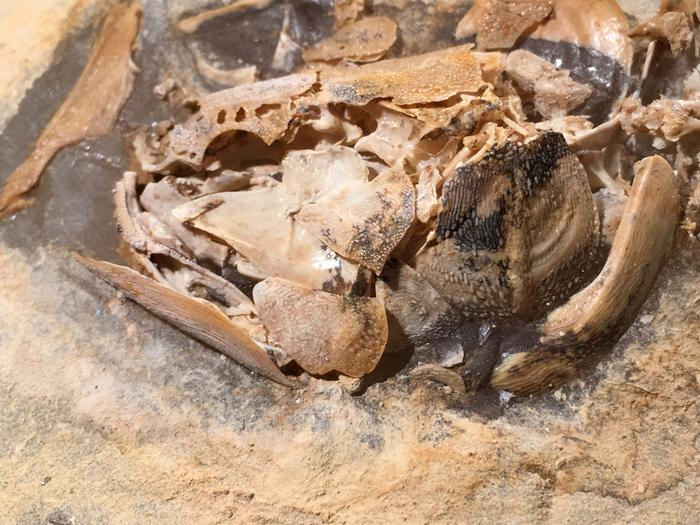
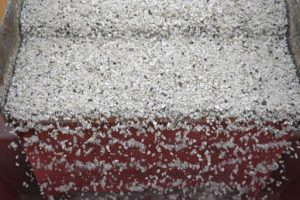

Add Comment